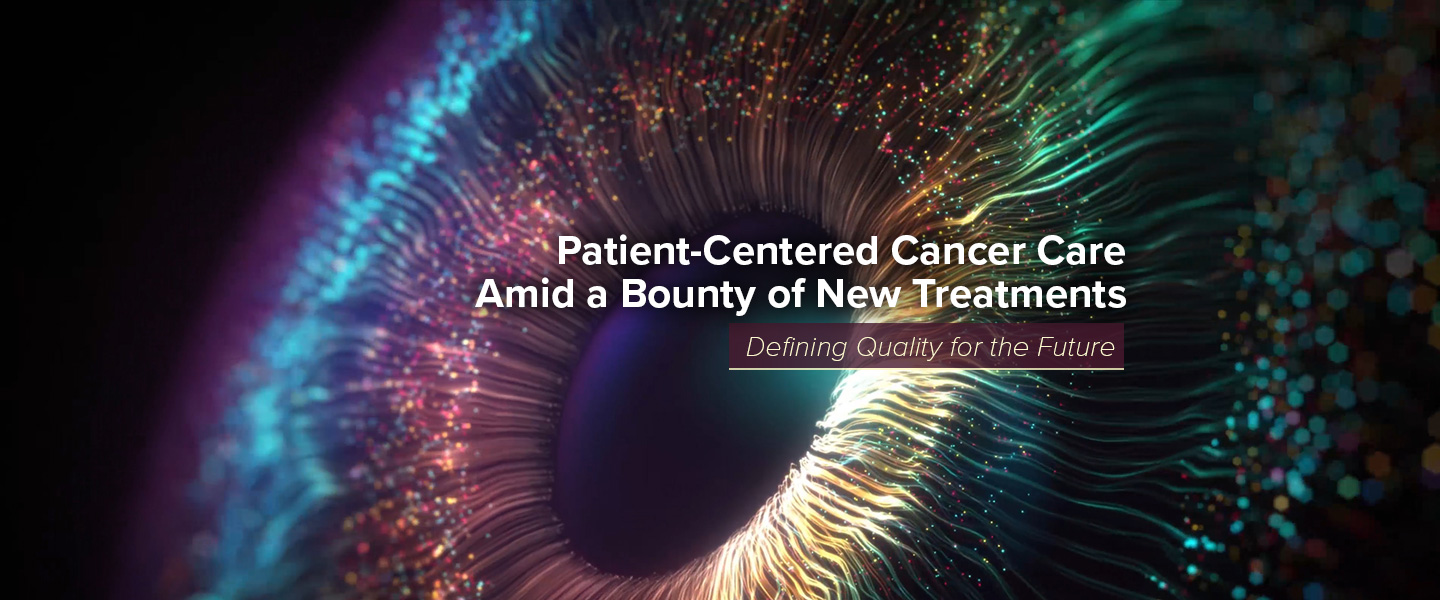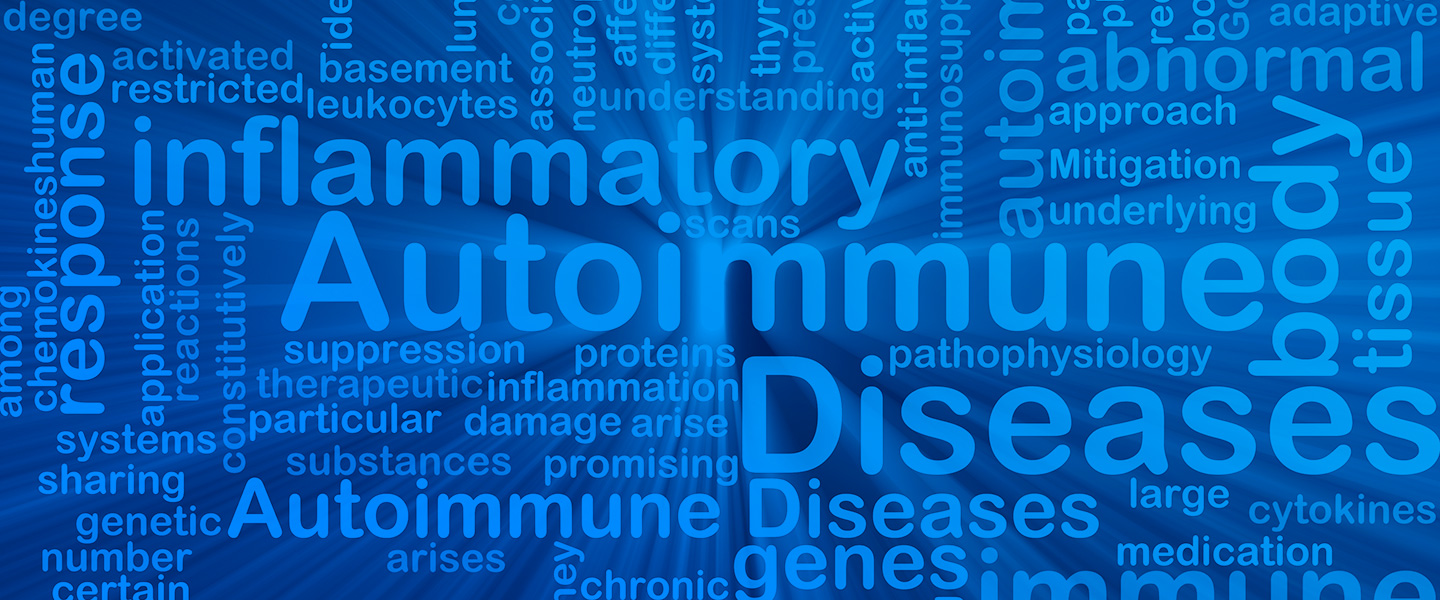Clinical pathway tools have become essential in modern healthcare for establishing consistent and high-quality care. With rising health care costs pathway tools are an important tool to reduce administrative burden at clinics while ensuring financial sustainability. These tools guide healthcare providers in making evidence-based decisions, standardizing treatment protocols, and improving patient outcomes. This blog will explore the multifaceted benefits of clinical pathway tools, strategies to achieve practice goals using evidence-based guidelines, site-specific standards, and methods to promote the widespread adoption of these tools.
Exploring the Benefits of Clinical Pathway Tools
Clinical pathway tools offer a structured approach to patient care, ensuring that all patients receive standardized, evidence-based treatment. This consistency is crucial for maintaining high-quality care across different practitioners and settings. By following predefined protocols, healthcare providers can reduce variability in treatment, which leads to more predictable outcomes and higher patient satisfaction.
Oncology pathways leverage patient and tumor characteristics to identify treatment regimens that offer high efficacy with low toxicity, tailored specifically to the patient’s needs. By streamlining processes and eliminating unnecessary tests and procedures, these pathways enhance financial sustainability. They help practices efficiently manage resources, ensuring that patients receive the best possible care within budget constraints. Additionally, pathways enable programs to meet payer requirements effectively.
Promoting the Use of Clinical Pathway Tools
The widespread adoption of clinical pathway tools requires a strategic approach. Here are five methods to encourage their usage:
- Education and Training: Comprehensive training programs for healthcare providers on the benefits and usage of clinical pathway tools are crucial. Workshops, webinars, and continuous medical education (CME) sessions can help in building proficiency and confidence in using these tools.
- Integration with Health IT Systems: Seamless integration of clinical pathway tools with electronic health records (EHRs) and other health IT systems ensures that they are easily accessible at the point of care. This integration allows for real-time decision support, reducing the administrative burden on healthcare providers.
- Stakeholder Engagement: Engaging all stakeholders, including physicians, nurses, patients, and payers, in the development and implementation of clinical pathways ensures that the tools are relevant and practical. Regular feedback sessions can help in refining the pathways and addressing any concerns or barriers to their use.
- Performance Metrics and Incentives: Establishing clear performance metrics to evaluate the effectiveness of clinical pathway tools can help in demonstrating their value. Additionally, providing incentives for adherence to these pathways can motivate healthcare providers to use them consistently.
- Patient Education: Educating patients about the benefits of clinical pathways can increase their acceptance and adherence to recommended treatments. Informed patients are more likely to trust the care provided and participate actively in their treatment plans.
Clinical pathway tools are vital in the quest for consistent, high-quality, and financially sustainable healthcare. By integrating national guidelines and adapting to site-specific needs, healthcare providers can develop robust pathways that cater to diverse requirements. Promoting the adoption of these tools through education, integration, stakeholder engagement, performance metrics, and patient education will ensure that they become an integral part of clinical practice, ultimately leading to improved patient outcomes and a more efficient healthcare system.
The effective use of clinical pathway tools not only standardizes care but also aligns it with financial goals, payer requirements, and specific site needs. With strategic promotion and integration, these tools can transform healthcare delivery, making it more efficient, cost-effective, and patient-centered.
Learn More About Eviti
Eviti Connect for Oncology
To learn more about Eviti Connect for Oncology, check out our program guide.








